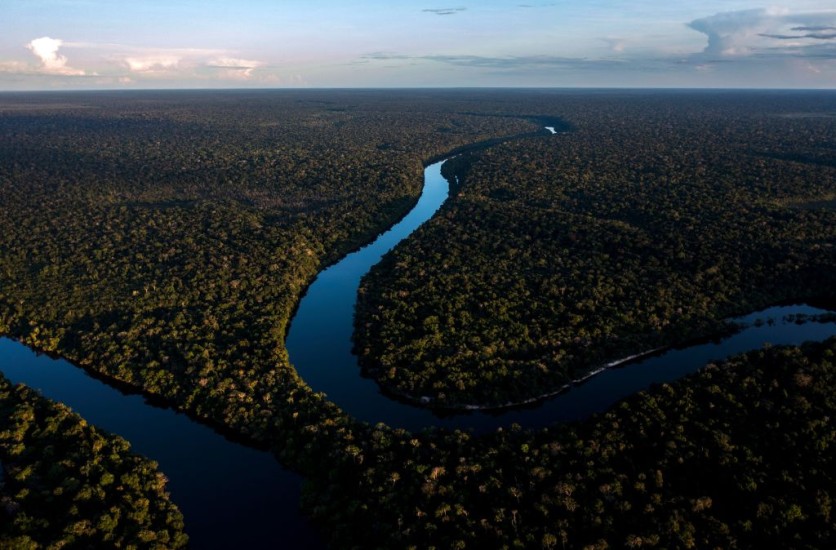A new study reveals the existence of a 2500-year-old concealed city in the heart of the Amazon rainforest through cutting-edge laser technology. This unveils the secrets of an ancient civilization that remained hidden for centuries.

Archaeologists suggest that the vast Amazon basin conceals over 10,000 undiscovered pre-Columbian archaeological sites.
Unveiling 2500-year-old Hidden Amazonian City
Revolutionary laser technology has unveiled the secrets of a 2500-year-old Amazonian city concealed within the thick vegetation. Archaeologists, utilizing LIDAR, meticulously explored the hidden landscape.
Interesting Engineering reported that the intricate laser imagery brought to light complex networks of roadways, platforms, and plazas, comparable in sophistication to those crafted by the Mayan civilization in Central America.
These concealed remnants, discovered in the upper Amazon, are believed to belong to a society that thrived 2500 years ago. Described as the earliest and largest low-density agrarian urbanism documented in the Amazon, this sheds light on ancient civilizations in the region.
Employing LIDAR in the Process
More than two decades ago, archaeologist Stéphen Rostain from France's National Center for Scientific Research (CNRS) made the initial observations of these ancient cities, sparking the curiosity of the archaeological community.
The breakthrough came when researchers employed LIDAR technology to conduct a detailed examination of the Amazonian landscape in Ecuador's Upano Valley.
By using this cutting-edge laser mapping technology, EurekAlert reported that they were able to penetrate the thick forest cover, revealing hidden features such as mounds and various structures.
The extensive fieldwork, coupled with LIDAR mapping, uncovered an impressive array of approximately 6000 anthropogenic rectangular earthen platforms and plaza structures.
The intricate network of footpaths and roads connecting these architectural elements was spread across a vast survey area of 300 square kilometers.
This revelation allowed researchers to pinpoint 15 distinct habitation sites of varying sizes, shedding light on the advanced urban planning and civilization that existed in the region 2500 years ago.
The discovery marks a significant milestone in understanding the rich history of the Amazonian jungle and the civilizations that once thrived there.
Delving into the remnants of structures, intricate road networks, and additional ruins, the researchers posit that this sophisticated infrastructure dates back to a period between 500 BCE and 300 to 600 CE.
The communities attributed to its construction belonged predominantly to the Kilamope and later Upano cultures.
Read also: Amazon Deforestation: Study Reveals Its Alarming Impact on Global Warming, Climate Change
Determining the exact population that thrived in this region during any given timeframe poses challenges, but estimates suggest it likely ranged in the tens of thousands. The presence of a looming volcano in the eastern part of Ecuador possibly played a role in the decline of this ancient society.
This discovery has the potential to reshape our understanding of the historical narrative surrounding the Amazon's past inhabitants. It emphasizes the dual heritage of the region, both environmental and cultural, particularly concerning Indigenous communities.
As published in the journal Science, the study underscores the necessity of revising preconceptions about the Amazonian world, advocating for an inclusive and participatory approach to scientific interpretation.
Related Article : Technology Helps Protect Amazon Forest, Satellite Data And Smartphones Used To Fight Against Illegal Operations

ⓒ 2025 TECHTIMES.com All rights reserved. Do not reproduce without permission.




